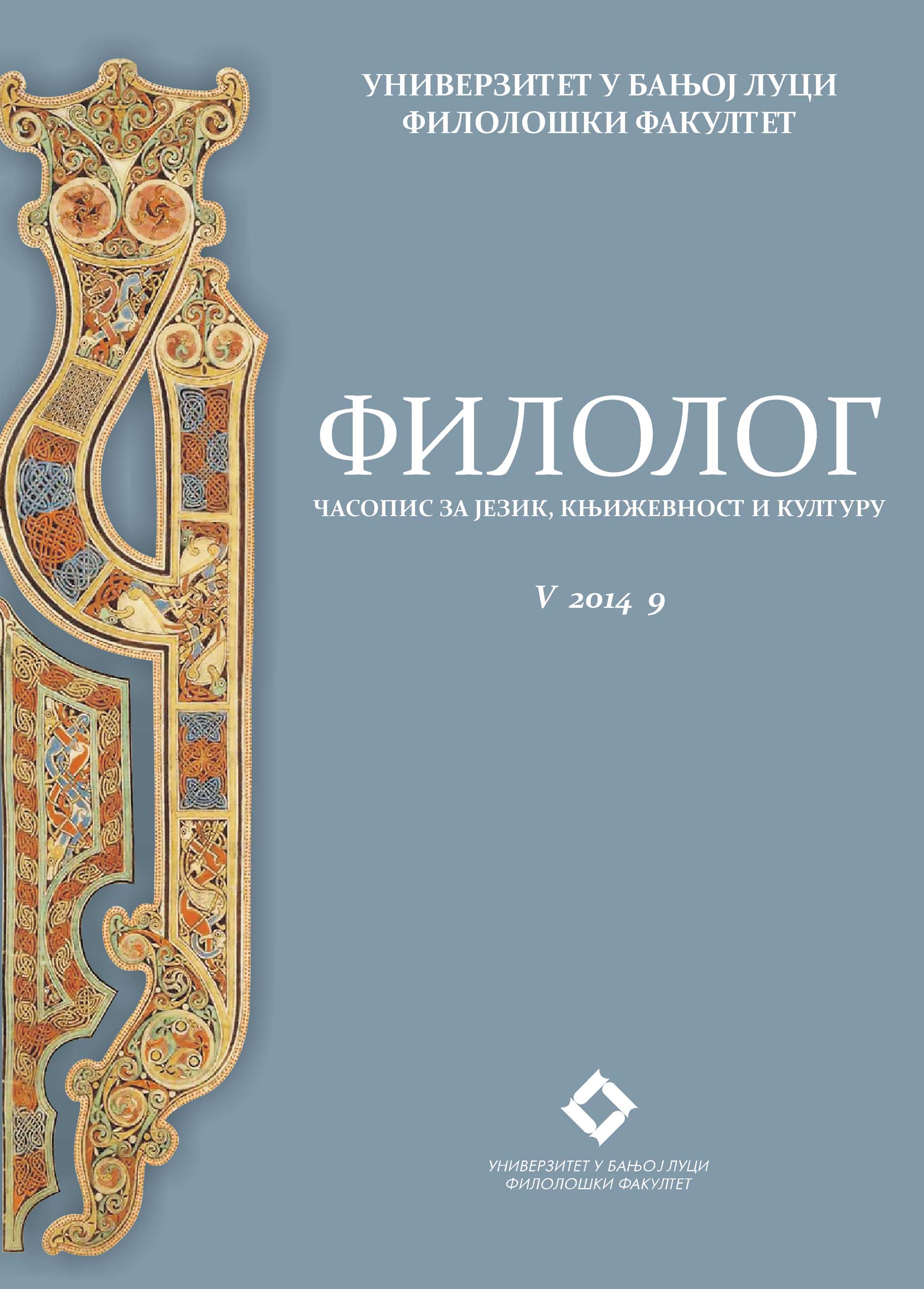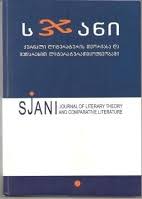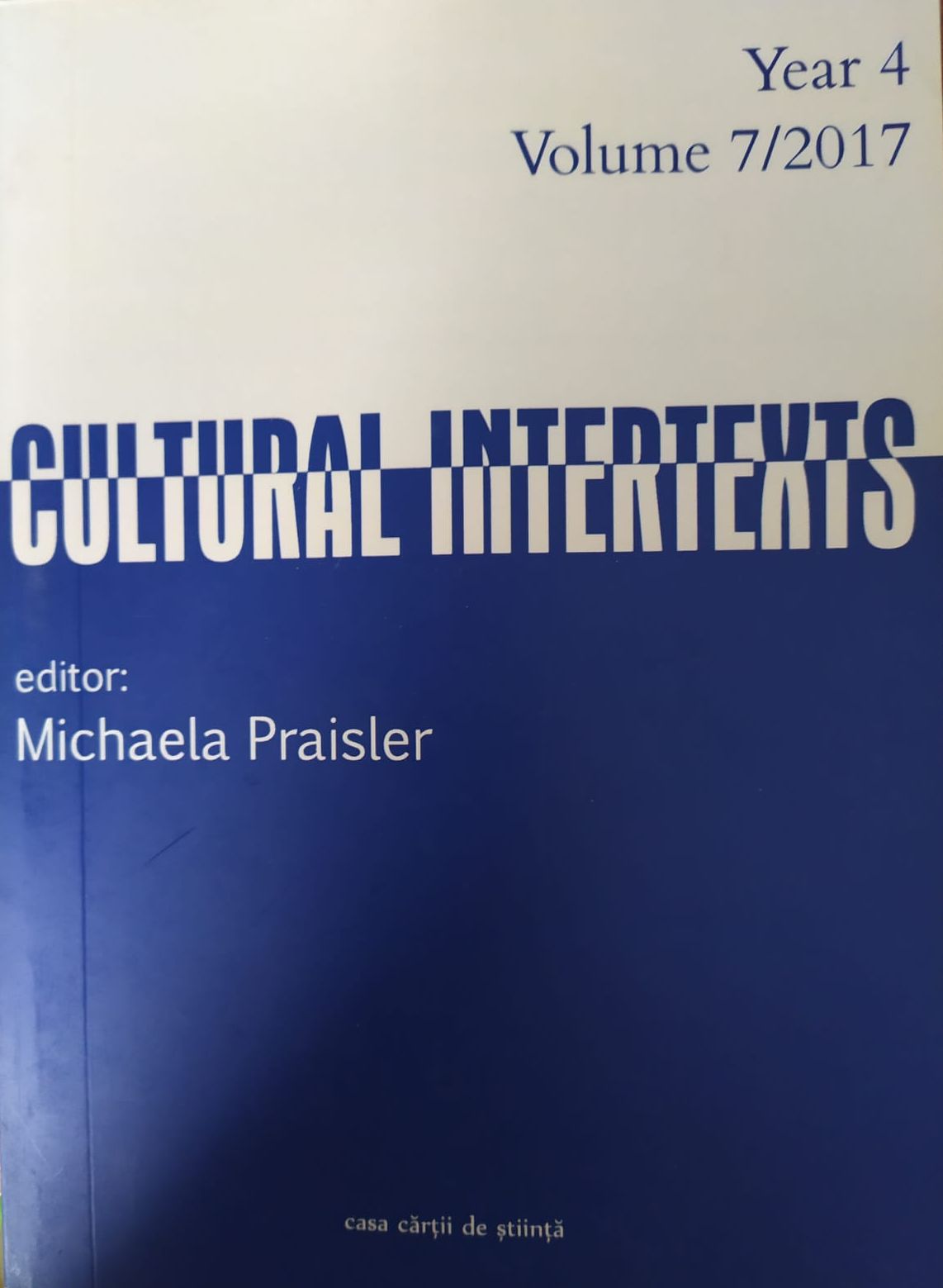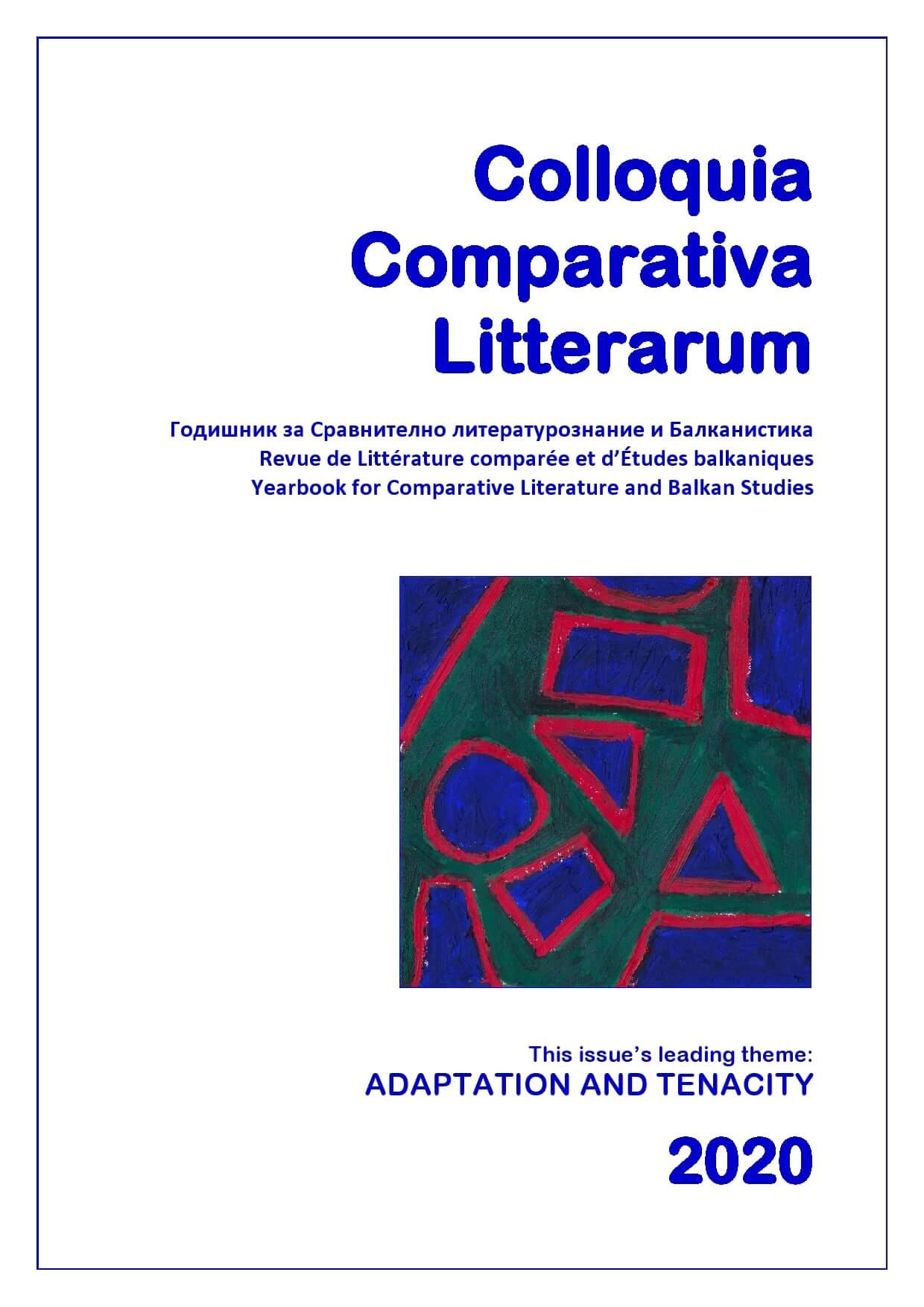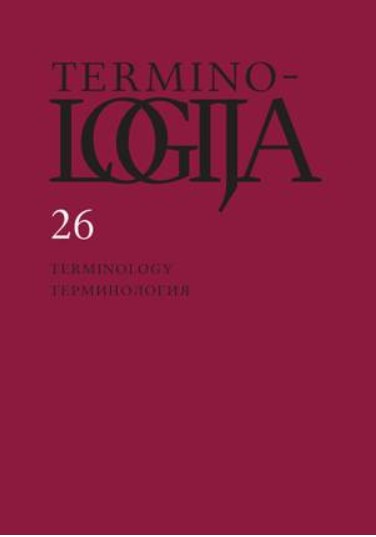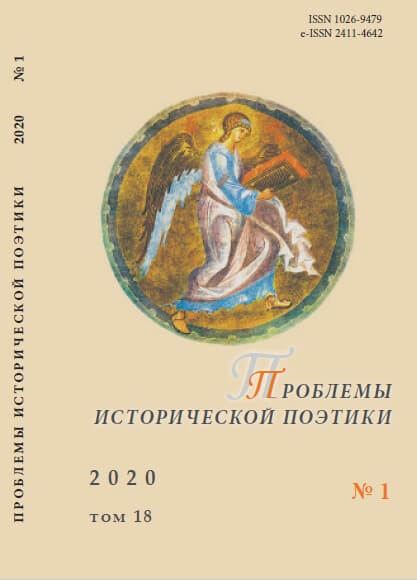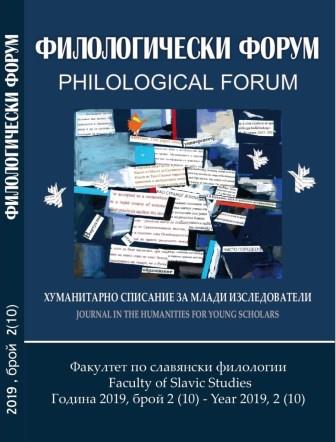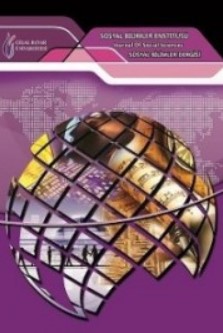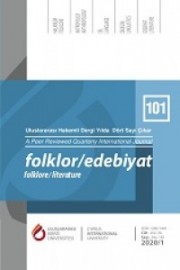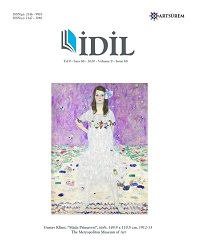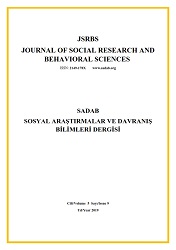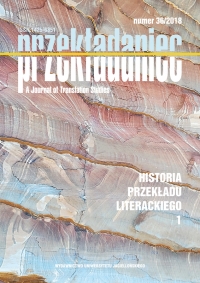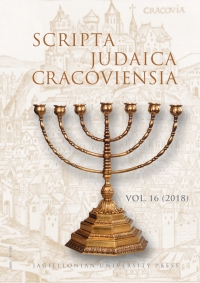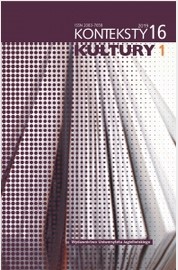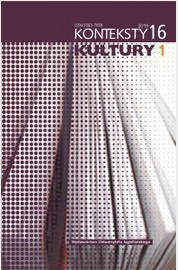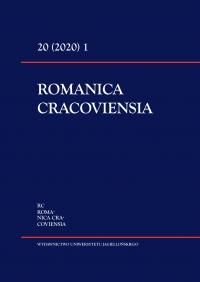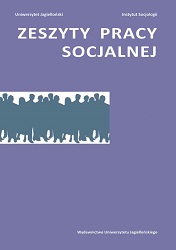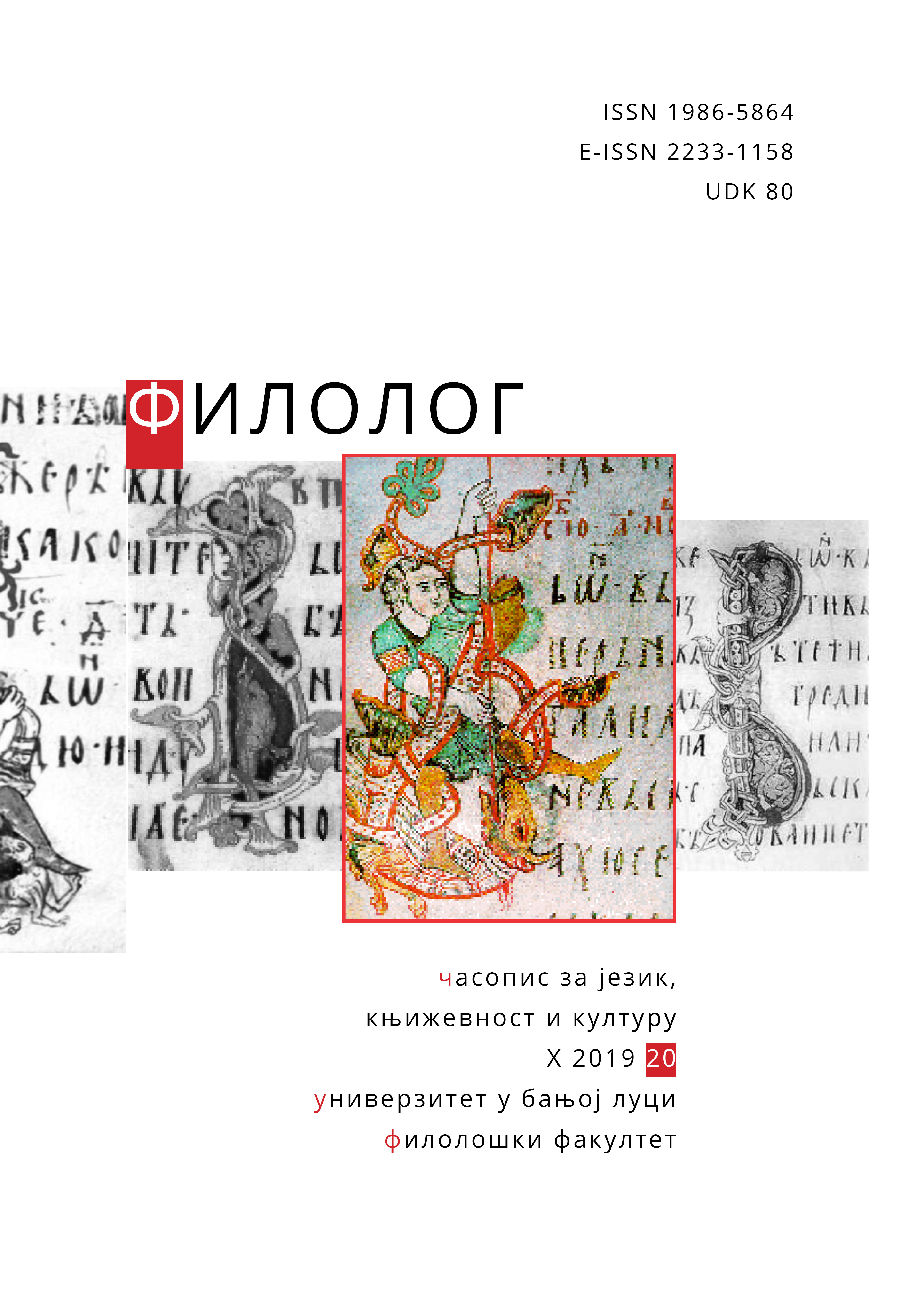
L’immagine di Roma nella prosa di viaggio serba tra Ottocento e Novecento
The research featured in this paper focuses on the image of Rome in the Serbian travelogue prose of the 19th and 20th centuries, published within the 1868-1972 period. Apart from works of fiction, we include accounts and articles published in periodicals as well. With a view to shedding light on one of the very significant aspects of the Serbian-Italian cultural and literary ties, in our analysis we pay attention to some almost marginalised pieces dedicated to Rome – a city that has held a prominent position among Serbian tourists in Italy since the second half of the 19th century. Furthermore, we look back on the European travelogue tradition as well, by drawing a parallel between the texts by Serbian travelogue writers featuring Rome and those provided by renowned authors, namely Goethe, Stendhal, and Gogol.
More...
